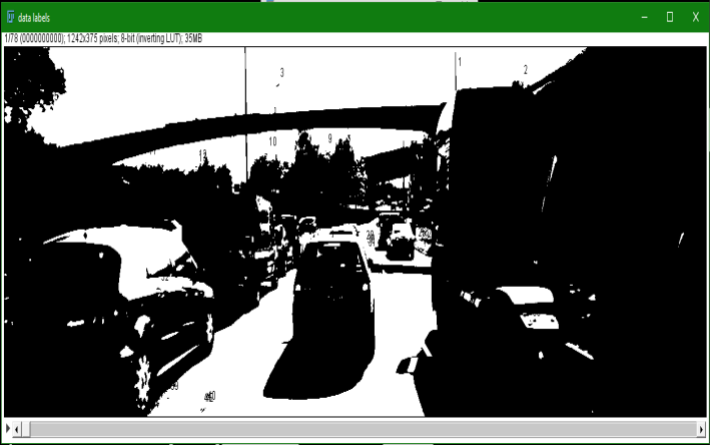

#Disadvantages of using imagej software software
The current trend is the measurement through the use of specific software development and visualization of radiographs. In this way, the authors assigned positive values when the bone was above the platform, value 0 when it was at the level of the platform and negative value when it was below. Several authors ( 4- 8) modified this measurement protocol because the placement of implants in a subcrestal position implied an initial bone level above the implant platform. Traditionally, a “classic protocol” has been used in periapical radiography where two visible and easily identifiable reference points were located at each end, mesial and distal, of the implant platform. The analysis of peri-implant bone loss has been well studied over the years.

However, since it is a two-dimensional image, it is evident that in the case of vestibular and lingual bony defects, there are limitations of visualization ( 3). According to several studies, digital periapical radiography is the most indicated to assess the level of the bone crest. The radiological techniques indicated for peri-implant diagnosis are: periapical radiography, extraoral panoramic radiography and computerized tomography (conventional or cone-beam) ( 2). The quantity and quality of bone surrounding the implant is one of the essential factors for the medium and long-term success of this therapy and is decisive in the morphology, quality and aesthetics of soft tissue sealing in the implant-supported restoration ( 1).


 0 kommentar(er)
0 kommentar(er)
